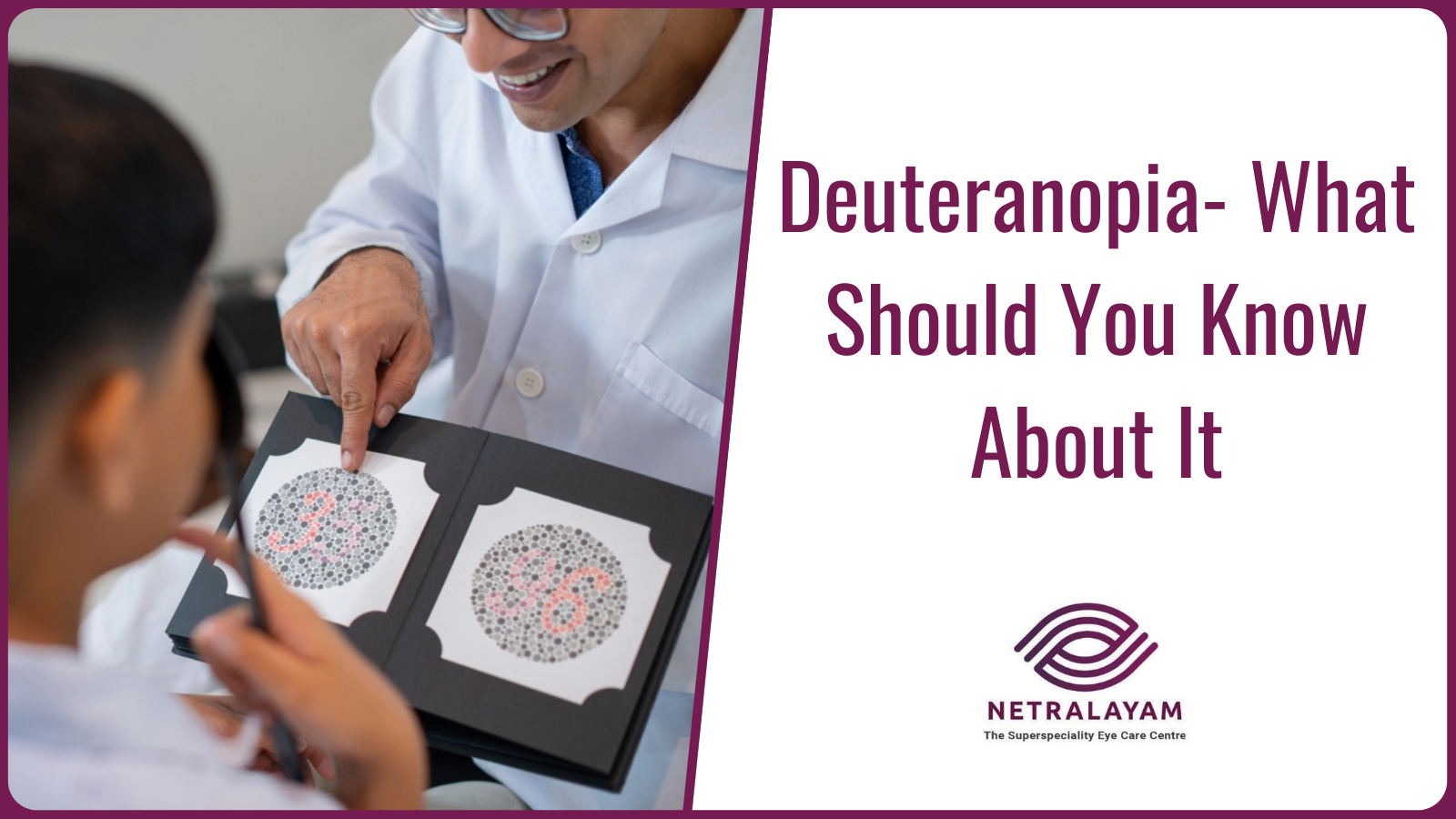Committed to Eye Care with Compassion, Technology and Competency
Committed to Eye Care with Compassion, Technology and Competency

8/18/2022
All combinations of the three additive primary colors — red, blue, and green — can be seen in their true form by someone with "normal" color vision. But there are times when a person can suffer from a color deficiency condition that can lead to color blindness. A form of red-green color blindness called deuteranopia is characterized by the inability to discriminate between red and green pigments. This condition is likely to be congenital as recessive genes on the X chromosome are the main cause of this condition.
Genetic mutations are typically to blame for red-green color blindness.
Defects in the OPN1LW (red pigment cone) and OPN1MW (green pigment) genes cause red-green color vision impairments.
Defects in the green cone pigments are referred to as deuteranopia.
According to research, red-green color vision deficits are thought to affect 1 in 12 males and 1 in 200 women.
In some cases, deuteranopia can be acquired due to various reasons instead of inheriting it. Possible reasons could be:
Optic nerve issues, retinal diseases, age-related conditions like dementia, exposure to organic solvents like fertilizers, side effects from drugs like chloroquine and prescription drugs for high blood pressure, mental health conditions, autoimmune conditions, and infections are some of the possible causes of acquired deuteranopia.
Most patients suffering from deuteranopia might confuse red and green pigments. Deuteranopia symptoms could potentially be so subtle that you are unaware of them until you undergo an eye examination.
Problems seeing reds, greens, and their variants, such as oranges and browns, are among the signs of red-green color blindness. Similarly, deuteranopia patients may find these colors to be much duller and sometimes brighter compared to people with normal vision.
Deuteranopia has no known effective color blindness treatment available at this time. However, red-green color blindness might be countered by corrective contacts or eyewear. These are tinted lenses or filters that fit over your spectacles and can improve your ability to see reds and greens. Deuteranopia that is inherited doesn't get worse over time. Therefore you may anticipate that deuteranopia symptoms be it mild or severe, will remain at the same intensity in the future without getting worse.
You may have deuteranopia color blindness and don’t even know about it as it’s symptoms are hard to detect. On top of that, this condition also don’t have any negative impact on a person. If you or your loved ones are suffering from this condition, visit an eye care hospital.
Are you looking for the best eye hospital near me for color blindness treatment? If yes, then visit us at Netralyam Eye Care Center. We are one of the best emergency eye hospitals in Kolkata. We have the best doctors and well-trained staff who will only find the best solution for you.
Comments are closed
